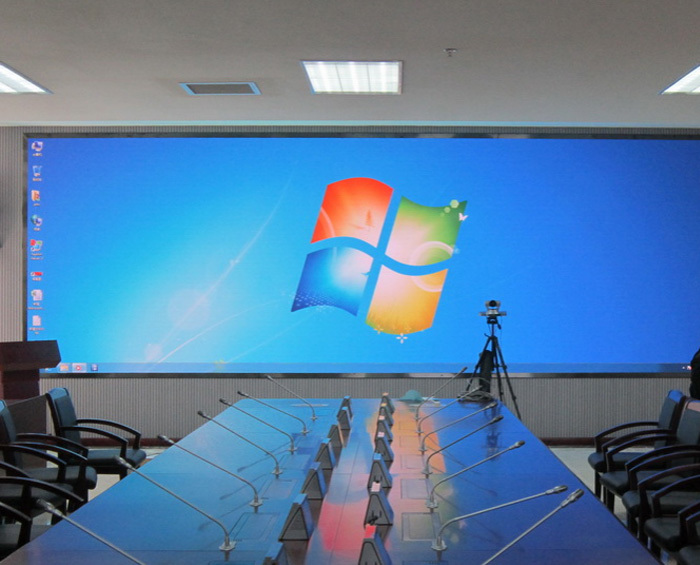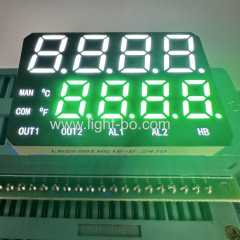You are here: home > Industrial News > Small Pixel Pitch LED Display breaks the traditional LED screen into star products
Product (126)
- Indoor LED Display (30)
- Outdoor LED Display (9)
- Special Function LED Display (18)
- Rental LED Display (27)
- High-tech Small Pixel Pitch LED Display (16)
- Fixed Installation LED Display (23)
- Others (3)
Case (4)
Industrial News (19)
Enterprise News (20)
Factory View (1)
Download (15)
Solutions (9)
Technology (3)
FAQ (3)
About us (2)
Video display (2)
Credit Report
Products Index
Company Info
Hot Electronics Co.,Ltd [China (Mainland)]
Business Type:Manufacturer
City: Shenzhen
Province/State: Guangdong
Country/Region: China (Mainland)
Premium Related Suppliers
Industrial News
Small Pixel Pitch LED Display breaks the traditional LED screen into star products


In the marketing level, we often talk about a concept, is the user experience, how to better improve the user experience, how to better meet customer needs, is the LED display enterprises should pay more attention to the. So, how to better meet customer needs? First of all, must start from the product level, because good products, they will speak.
Standard resolution
Recently, one of the problems that the LED display has been criticized for is that its splicing units are made by the wide and high proportion of 1:1, and there are some problems in the video wall used to splice and display the mainstream 16:9 signal source. On the other hand, in the field of large screen splicing, DLP, liquid crystal splicing technology can achieve the ratio of 16:9 splicing unit, this will become flawed LED screen.
The 1:1 unit can not match point by point with the 16:9 signal source, which is a problem for the installation, use and image effects of the LED video wall. Based on this problem, the LED screen enterprise has carried on the corresponding research and development.
16:9 is recognized as the international standard UI and high definition video, standard resolution, accord with human comfort requirements, which makes the display device according to the proportion of production, including the image of LED display is also to the "golden ratio" of the equipment acquisition, production.
Besides the decrease of the pixel distance, how to effectively improve the ease of use and enhance the user experience has become a very important research and development idea. To achieve standard resolution, the application flexibility of small spacing LED has been improved, thus providing users with a more diversified choice.
Front maintenance
Maintenance is a familiar design in the field of LED display, the convenience of installation and maintenance brought by pre maintenance can greatly enhance the user's application experience, and is also an aspect of product differentiation advantage. However, small spacing as high density LED screen display, the thickness of the lower cooling difficulties, according to the traditional LED screen can only remove the module from the front, and inconvenient disassembly mode will power and control card by the user is difficult to use. To this end, in 2015, many enterprises have strengthened the application of the front maintenance design in the small distance LED display screen. Before maintenance, small spacing became one of the hottest products in the industry in 2015.
The common point of this type of product is to break the limitation of traditional LED power supply and control card before the inconvenience of disassembly, realize the power supply module, control card, comprehensive real maintenance, thereby effectively saving the installation space, can meet the wall, window display etc. after maintenance environment and mall wall can be installed only before maintenance complex installation requirements. The utility model effectively simplifies the installation and maintenance of the screen body, thereby helping users save space use cost and maintenance cost of the screen body, and is welcomed by the user.
At present, small spacing LED screen installed in the indoor fixed market, intense competition, product homogeneity serious, manufacturers will have to close to the actual needs of users, to create superior products as research focus, before the introduction of the concept of maintenance is an example. We can believe that there will be a lot of product innovation similar to the user's needs in the future.
Pre Page:
How to solve the large screen...
Next Page:
All the advantages of the indoor rental...




